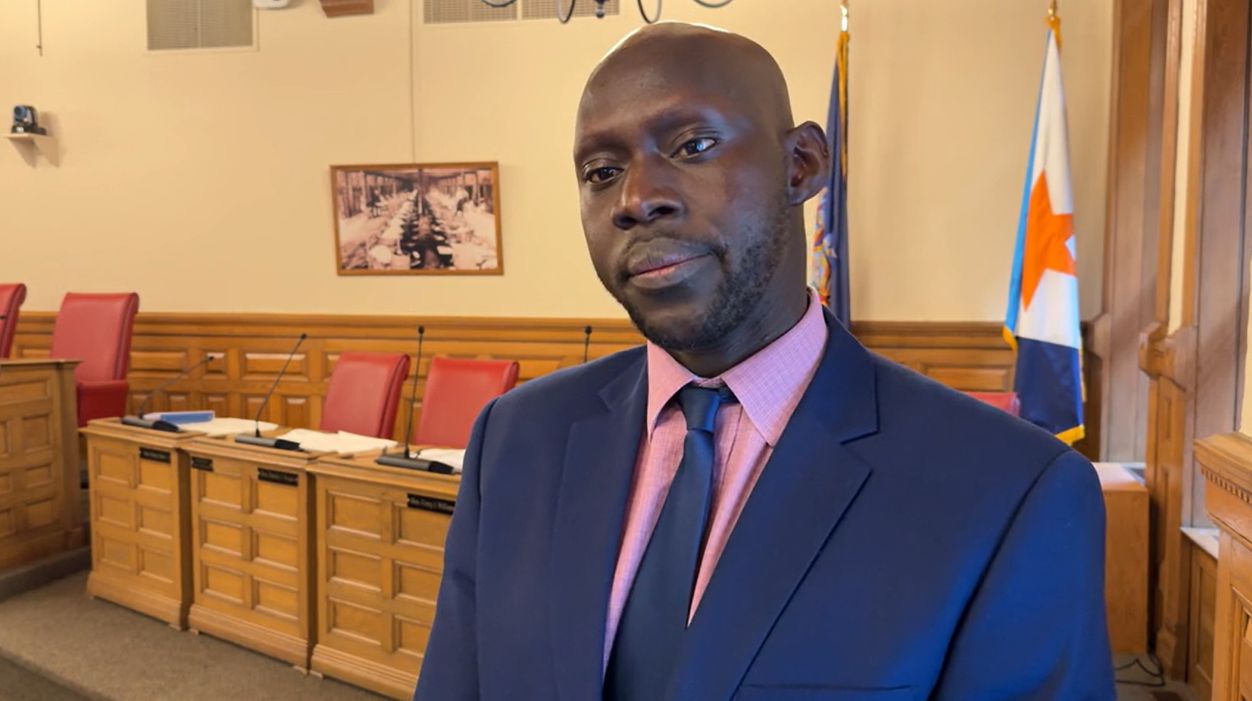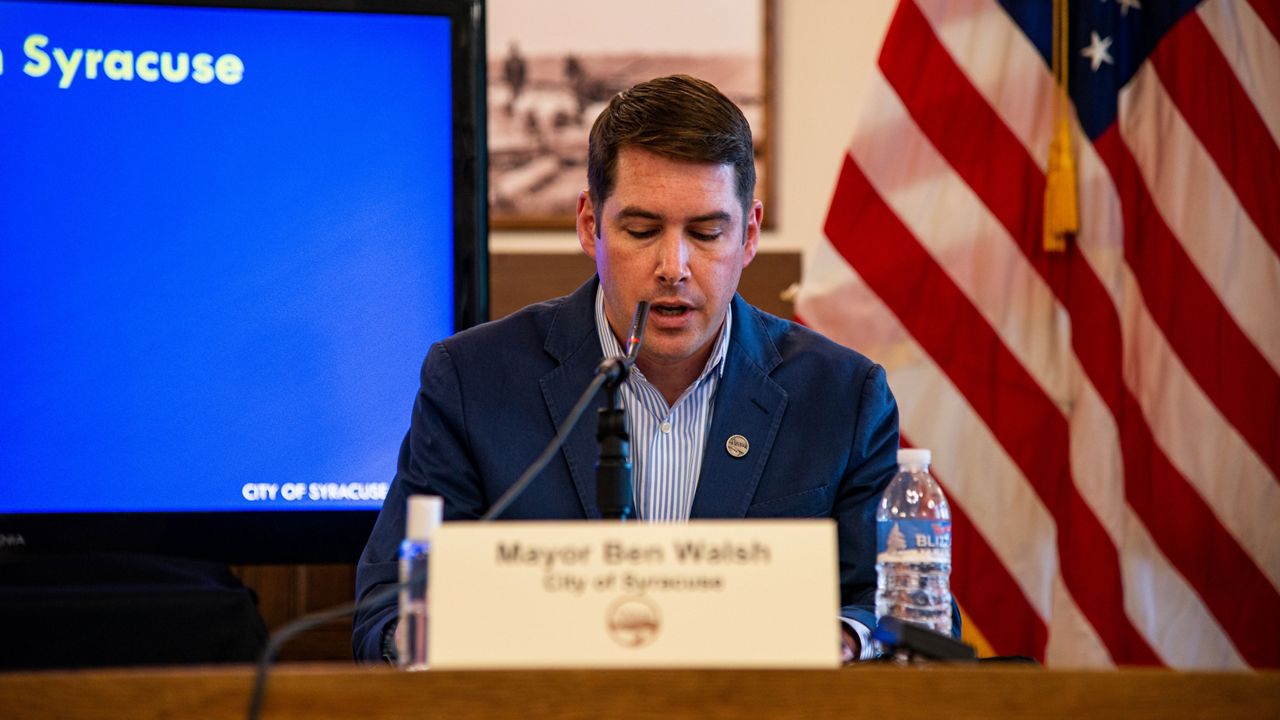Canadian Seaway workers returned to the job after voting to approve a new labor deal, allowing ships to once again move through the system. The losses from the eight-day standoff, however, were quite costly, leading those who depend on the St. Lawrence Seaway to say there cannot be additional strikes.
Port of Oswego Executive Director and CEO William Scriber said from the moment he heard the Canadian St. Lawrence Seaway worker strike had ended, it didn't take long for him to focus on the reality of what had just happened.
“It's not just eight days we were in strike. It's eight days and a couple of weeks to get this system back up and flowing correctly,” Scriber explained.
He said ports like this – and the Seaway – depend on schedules made months in advance of when ships are coming and going. The strike, he said, threw that into the air.
What You Need To Know
- The Port of Oswego says the eight-day seaway strike cost the region about $1.8 to $2 million, and the port itself $125,000 in revenue
- Port CEO William Scriber said he'd like to see the seaway season permanently extended to January 15 to help recover some losses
- Scriber says the region simply cannot afford for a shutdown of the seaway to happen again
“Do you ever hear the repairman say, 'I'll be there at between eight and noon,' and he doesn't come until three? Yeah, well, we have customers that we need to do better than,” Scriber said.
At the Port of Oswego, that means ships that bring in aluminum for companies like Novelis. It means ships that take out grain from farmers from across upstate New York.
In all, the eight-day strike, Scriber said, cost the region an estimated $1.8 million to $2 million in economic activity. The port of Oswego itself lost about $125,000 in revenue. Total losses nationwide are estimated to have reached nearly $1 billion.
“Those numbers aren't just small. They're huge. But there are numbers. There are people there, goods, their customers,” he added.
It's jobs and money that Scriber says will, for the most part, be lost forever unless the seaway decides to extend its season into January. In fact, a Jan. 15 closing date is something that he'd like to see made permanent.
“We need to have a one-system start and a one-system closure. And it needs to be longer,” he added.
Also at issue, he says, is the fact that U.S. Seaway workers are federal employees and cannot strike. The Canadian move to privatization in 1996 means they can. But with so much on the line, he said, no one can afford a strike like this to happen again.
“All I can do is urge them, fix the system. The American system works,” he said.
The Port of Oswego expects its first ship since the strike to arrive on Nov. 7. Schreiber said if that happens, he hopes it's the beginning of starting to feel a little bit normal again.










